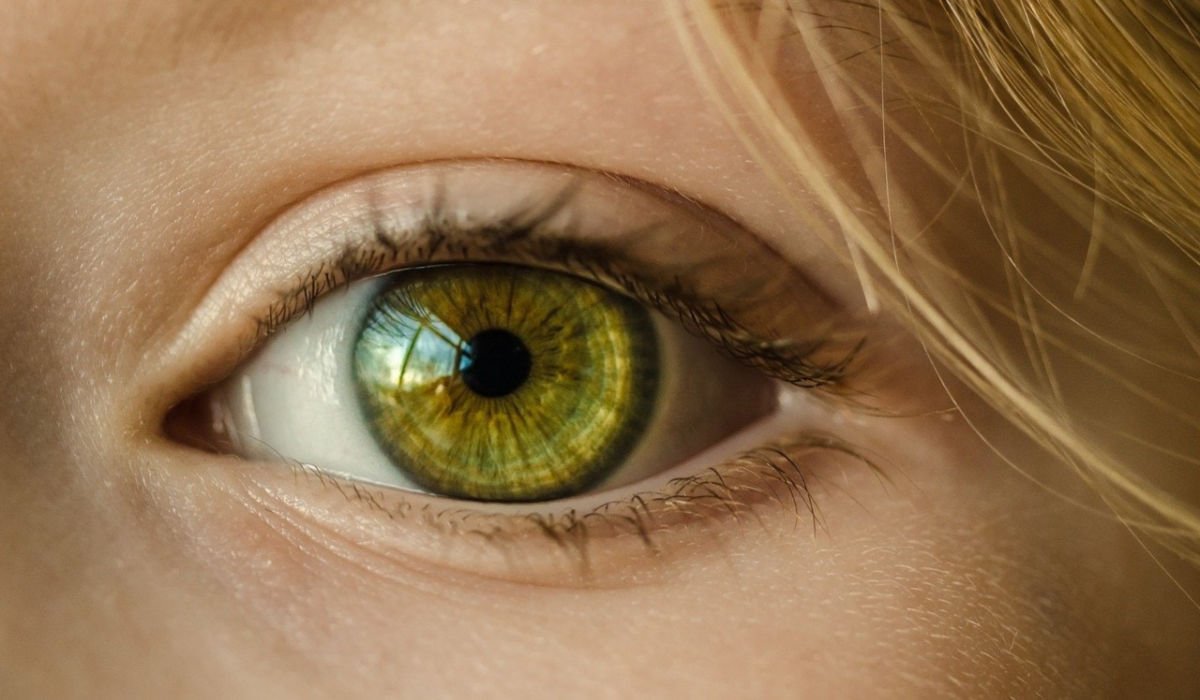the human eye
The human eye is one of the most sophisticated structures in the natural world, a marvel of biological engineering that could not have arisen by mere chance. Its intricate design points to an intelligent Creator who fashioned it with precision and purpose.
A Masterpiece of Engineering
The eye functions like a high-tech camera but with capabilities far beyond any man-made device. Light enters through the cornea, which focuses it like a lens. The iris adjusts the pupil’s size to control light intake, while the crystalline lens fine-tunes focus onto the retina—a light-sensitive layer with over 100 million photoreceptor cells (rods for low light, cones for colour). These cells convert light into electrical signals, which the optic nerve transmits to the brain at lightning speed. The brain then processes these signals into the images we see—all in real time.
Irreducible Complexity
Charles Darwin himself admitted that the idea of the eye evolving through gradual mutations seemed “absurd in the highest degree”. The eye’s components—cornea, lens, retina, and optic nerve—must all work perfectly together from the very beginning. A partial or nonfunctional eye would offer no survival advantage, making step-by-step evolution implausible. This “irreducible complexity” strongly suggests intentional design.
Beyond Chance
The odds of such a precise system arising randomly are astronomically low. The eye’s ability to adjust focus, perceive depth, and adapt to varying light conditions reflects foresight and engineering—hallmarks of a Creator. As Psalm 139:14 declares, we are “fearfully and wonderfully made”.
The human eye is not a product of blind chance but a testament to divine craftsmanship. Its unmatched complexity demands an explanation beyond materialism—it points to a Designer whose brilliance we see reflected in every detail.
Check out these amazing facts:
Eye Facts
- The average blink takes 1/3 of a second.
- More than 50% of the brain’s functionality is dedicated to vision.
- Newborns don’t shed tears, even though they can cry.
- You blink 15-20 times per minute.
- The most active muscles in your body are in your eyes.
- Your eyes can get sunburnt.
- Blue-eyed people are more tolerant of alcohol but less tolerant of sunlight.
- If the human eye were a digital camera, it would have 576 megapixels.
- We spend about 10% of our waking time with our eyes closed.
- An ostrich’s eye is bigger than its brain.
- Chameleons can move their eyes in two directions at once.
- A single scallop can have over 100 eyes.
- Your eyes contain around 107 million light-sensitive cells.
- Dolphins can sleep with one eye open.
- Birds, cats, and dogs have three eyelids.
- You can sneeze with your eyes open—your eyes won’t fall out!
- Ommatophobia is the fear of eyes.
- Humans can see more shades of green than any other colour.
- The world’s most common eye colour is brown.
- Dogs cannot distinguish between red and green.
- The average eyelash lasts 5 months, while other hair lasts 2-4 years.
- The eye has over 2 million moving parts.
- Your eyes contain 7 million cones (for colour and detail) and 100 million rods (for night vision).
The Marvel of the Human Eye: A Gift Beyond Compare
The human eye is an extraordinary organ—one we should never take for granted. Vision is perhaps life’s greatest gift, allowing us to witness the beauty of the world in all its vibrant detail. These mysterious orbs make every magical experience possible, from watching a sunset to recognising a loved one’s face. Remarkably, the eye can distinguish around 10 million colours, showcasing its incredible precision.
But the eye is more than just a window to the world—it’s a masterpiece of biological engineering. Its intricate anatomy enables everything from depth perception to emotional expression (did you know tears are triggered by both joy and sorrow?). Even the fact that we have two eyes provides evolutionary advantages, enhancing depth perception and peripheral vision. And in rare cases, some people have heterochromia, a striking condition where each eye is a different colour.
A Journey Through the Eye’s Anatomy
With over 2 million working parts, the human eye is a marvel of complexity. Let’s explore its structure, starting from the outside and moving inward.
The Outer Eye: Protection and Movement
The eye rests securely in a bony socket (orbit), shielded by the skull. Six extraocular muscles attached to the eye allow it to move smoothly—up, down, side to side, and even in rotation. These muscles connect to the sclera, the tough, white outer layer that covers most of the eyeball, providing structure and protection.
The more we learn about the eye, the more astonishing it becomes. Its flawless design speaks not of random chance but of purposeful creation—a true testament to the wonder of life.



